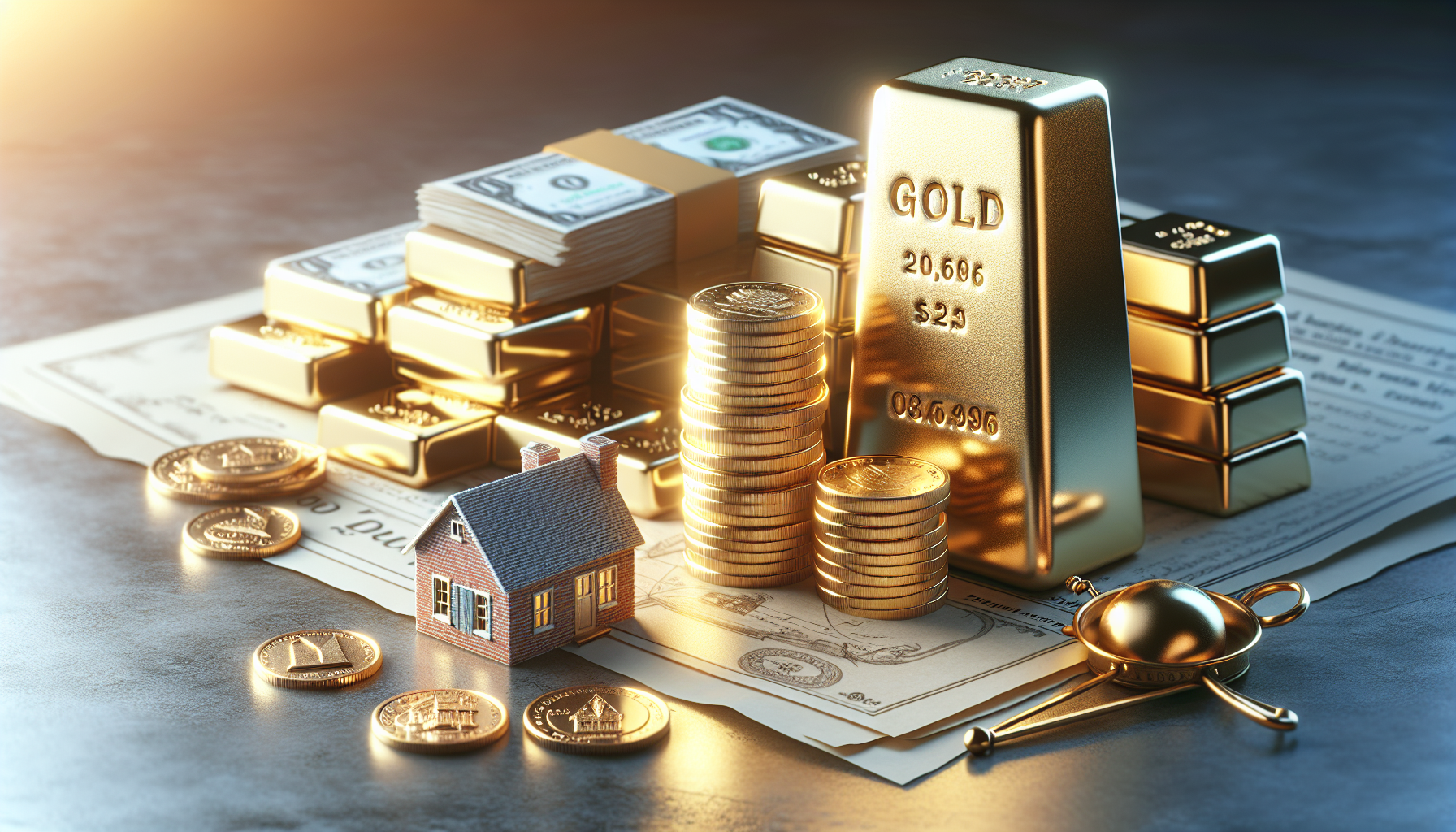
Comprehending diversified commodity and precious metal funds
As you navigate the commodity market, particularly in Australia, a diversified fund can serve as your longboard—providing stability and a more seamless journey through market fluctuations. These funds generally invest in a variety of assets such as gold, silver, oil, agricultural commodities, and industrial metals, offering you exposure without the necessity of selecting individual outperformers. This is crucial when you’re attempting to ride the macroeconomic currents while avoiding crashes due to volatility.
For precious metals, funds often maintain a combination of physical bullion, mining equities, and futures contracts. This combination aids in safeguarding your investment from steep declines in any single asset. For instance, a drop in gold prices due to a robust Aussie dollar might be counterbalanced by gains in mining stocks or other metals such as palladium, helping to keep your portfolio stable.
Diversification is not merely about mitigating risk—it’s about seizing various opportunities throughout the commodity cycle. A well-organized fund will actively adjust its portfolio in response to market trends, geopolitical changes, and supply-demand shifts. This adaptability is particularly vital in a resource-abundant economy like Australia, where both local and global influences can uniquely affect commodity pricing.
“A diversified commodity fund helps to level out the highs and lows, providing investors with more consistent performance over time,” states a senior portfolio manager at a prominent Australian investment firm.
Seek funds that provide exposure across different sectors—energy, agriculture, and metals—while also considering currency hedging, especially for funds that own overseas assets. Movements in the Australian dollar relative to the US dollar can greatly impact returns, especially in the realm of precious metals, which are usually denominated in USD.
- Confirm the fund incorporates a mix of physical holdings and derivative instruments.
- Assess the geographical and sector diversity of the investments.
- Review the fund’s strategy regarding volatility management and liquidity.
For Australian investors, these funds present a reliable method to hedge against inflation, diversify beyond equities, and engage with global demand for raw materials. Similar to surfing, the crucial aspect is to grasp the conditions and select the appropriate board—or in this context, the suitable fund—that aligns with your investment objectives.
Managing fees and tax ramifications of commodity investments
Diving into commodity investments might seem smooth from a distance, but there can be some rough currents lurking below—particularly regarding fees and tax implications. For Australian investors, grasping these factors is just as crucial as selecting the right asset mix. Failing to understand could cost you a significant portion of your gains to expenses or the ATO without you even being aware.
Management fees associated with diversified commodity and precious metal funds can differ significantly, based on the fund’s structure and the nature of the assets it manages. Actively managed funds, which adjust their positions according to market dynamics, generally impose higher fees—usually between 1% to 2% annually. Passive funds or ETFs that follow commodity indices are typically cheaper, at times below 0.5%. However, don’t merely focus on the headline percentage—scrutinize for performance fees, trading expenses, and bid/ask spreads, especially in funds that utilize futures or options contracts.
Next comes the tax aspect of the equation. Unlike standard equity investments, commodity investments—especially those involving physical assets or derivatives—can lead to intricate tax situations. In Australia, profits from physical precious metals like gold bullion are typically classified as capital gains, meaning if held for over 12 months, you may be eligible for the 50% CGT discount. However, if you’re investing through a managed fund or ETF, the fund’s structure influences the ultimate tax outcome.
- ETFs backed by physical metals may pass CGT events to investors, depending on how units are traded.
- Funds employing derivatives such as futures contracts can yield income taxed as ordinary income rather than capital gains, which may heighten your tax obligation.
- Some commodity funds are organized as trusts or partnerships, resulting in distributed income that must be reported—even if you didn’t receive any cash.
And remember, franking credits—or their absence. Unlike Australian equities, commodity funds generally lack franking advantages, implying you miss out on that tax offset on dividends. While this might not be a deal-breaker, it’s worth considering when evaluating your choices.
“The critical point is to comprehend the fund’s structure and how its returns are treated for tax purposes—what may seem like a high performer could turn out to be less appealing once you account for fees and taxes,” advises a financial consultant in Sydney focusing on alternative assets.
To maintain a profitable portfolio, it’s wise to consult a tax expert who is knowledgeable about the subtleties of commodity investing. They will assist you in identifying any hidden pitfalls in the tax code and ensure your investment strategy is as effective as it is diversified. Because in this arena, it’s not solely about riding the right wave—it’s about ensuring you stay steady when the tax authorities come calling.
